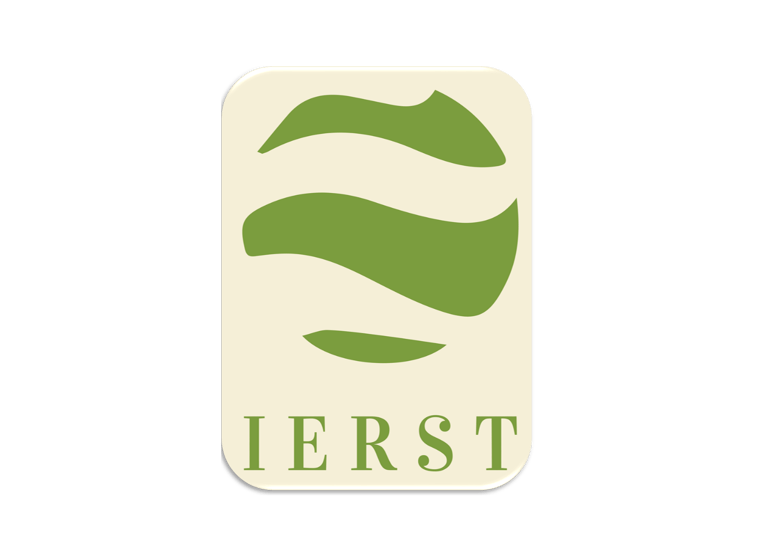Empowering researchers to achieve more
AI systems in mammography: handling different breast densities and anatomical variation
Can AI systems in mammography adapt to different breast densities and anatomical variations for accurate cancer risk assessment? AI systems in mammography: handling different breast densities and anatomical variation.
2/22/2025


Can AI systems in mammography adapt to different breast densities and anatomical variations for accurate cancer risk assessment?
AI systems in mammography have shown promising capabilities in adapting to different breast densities and anatomical variations for cancer risk assessment:
AI models have demonstrated high performance in detecting breast cancers across various breast densities. For example, a study found that an AI system achieved an area under the curve (AUC) of 0.93 for detecting screen-detected and interval breast cancers combined [1]. This suggests the AI can adapt to different breast tissue compositions.
Interestingly, AI systems can go beyond just assessing breast density to evaluate more nuanced textural patterns associated with cancer risk. A mammographic texture model trained to assess textures linked to long-term cancer risk showed improved performance when combined with a diagnostic AI system for lesion detection [2]. This combination model achieved a higher AUC (0.73) compared to either model alone for predicting both interval and long-term cancers.
AI algorithms can also incorporate multiple imaging modalities to account for anatomical variations. While mammography remains the primary screening tool, supplemental modalities like breast ultrasound and MRI offer independent risk measures that complement mammography-derived data. For instance, ultrasound allows visualization of stromal and glandular tissue components separately, which is not possible with mammography alone [3].
In summary, AI systems have shown the ability to adapt to breast density variations by leveraging advanced image analysis techniques and combining data from multiple imaging modalities. This allows for more comprehensive risk assessment that accounts for the complex anatomical variations in breast tissue. However, further clinical validation is needed to fully establish the adaptability and generalizability of these AI systems across diverse patient populations.
References
1. Larsen M, Mikalsen KØ, Martiniussen MA, Auensen S, Silberhorn M, Solli HS, et al. Performance of an Artificial Intelligence System for Breast Cancer Detection on Screening Mammograms from BreastScreen Norway. Radiology Artificial intelligence. Radiological Society of North America Inc.; 2024;6.
2. Lauritzen AD, Lillholm M, Nielsen M, Lynge E, Von Euler-Chelpin MC, Karssemeijer N, et al. Assessing Breast Cancer Risk by Combining AI for Lesion Detection and Mammographic Texture. Radiology. Radiological Society of North America Inc.; 2023;308.
3. Acciavatti RJ, Lee SH, Kontos D, Conant EF, Moy L, Reig B, et al. Beyond Breast Density: Risk Measures for Breast Cancer in Multiple Imaging Modalities. Radiology. Radiological Society of North America Inc.; 2023;306.
